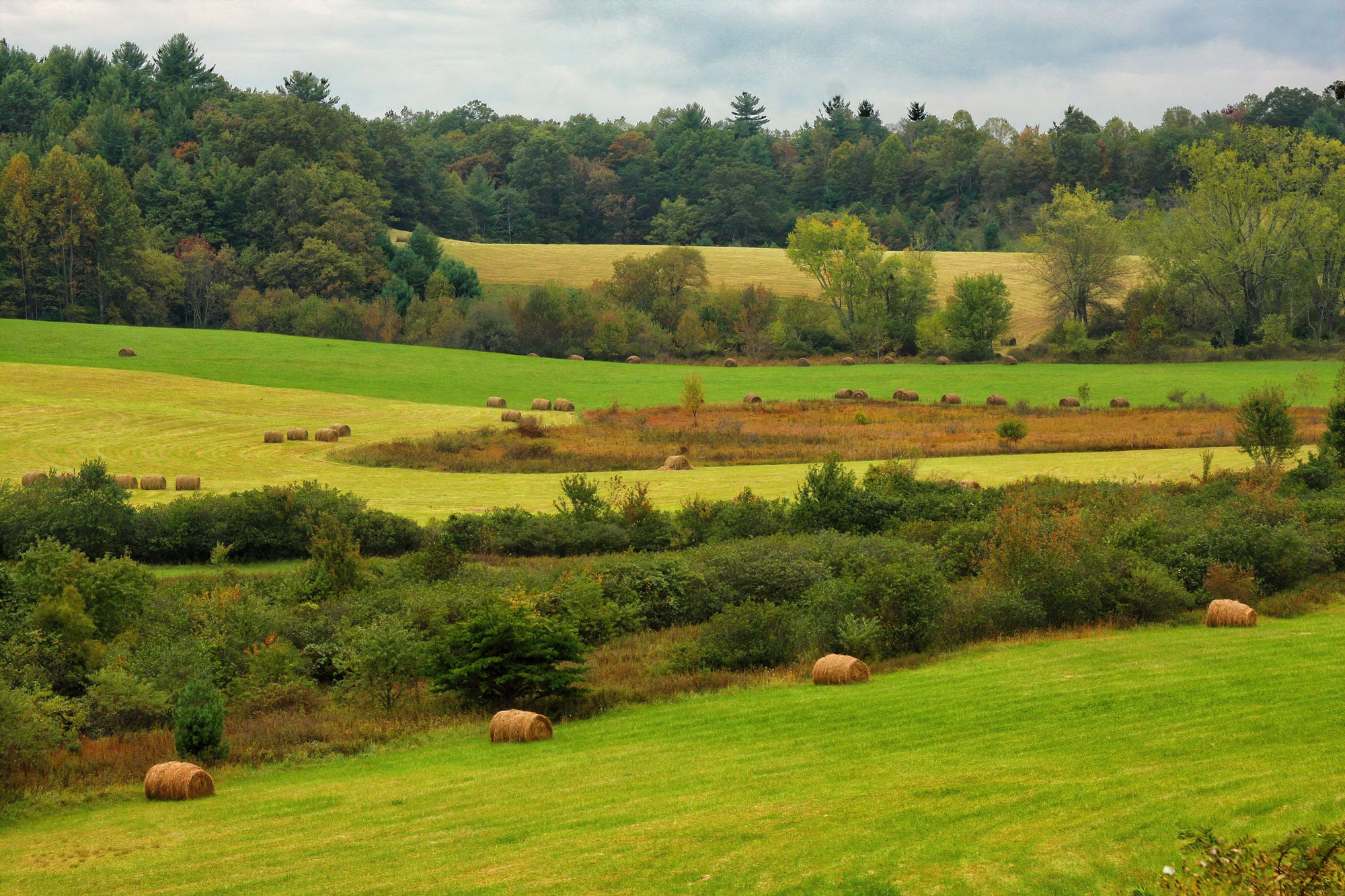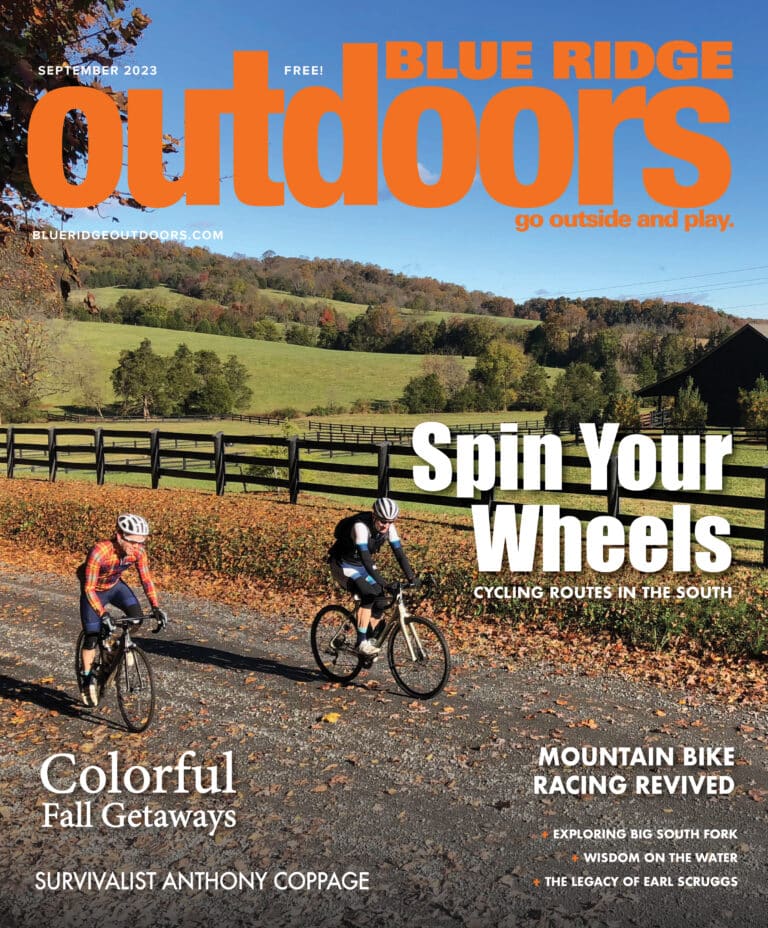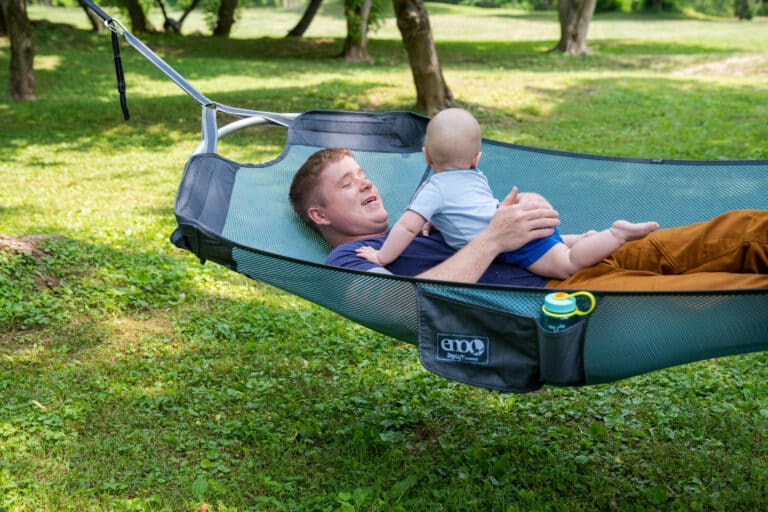Wild Perspective
Park Ranger and Wildlife biologist Tom Davis has been studying wildlife on the Blue Ridge Parkway for almost 30 years. He was tapped to help conduct the park’s first comprehensive survey of non-game species in 1994 and has since reconnoitered nearly every acre, ridgeline, and habitat along the iconic 469-mile byway.
“There are days when I get ready for work and it feels really surreal,” says Davis, 58, who lives in Blacksburg, Va., just outside the park. “I wonder how I could’ve gotten so lucky as to do this for a living.”
Any given day may find him wading through the muck of a high-elevation Southern Appalachian bog looking for turtles, listening for adolescent northern saw-whet owls by moonlight, or helping highland farmers adapt mowing practices to create more breeding areas for rare grassland birds.
“I’ve had the opportunity to immerse myself in this incredible place and get to watch and help shape how it’s changed over what, from a human perspective, is a fairly long period of time,” says Davis.
BRO talked with Davis about what it’s like to spend so much time in one of the planet’s most treasured natural areas.
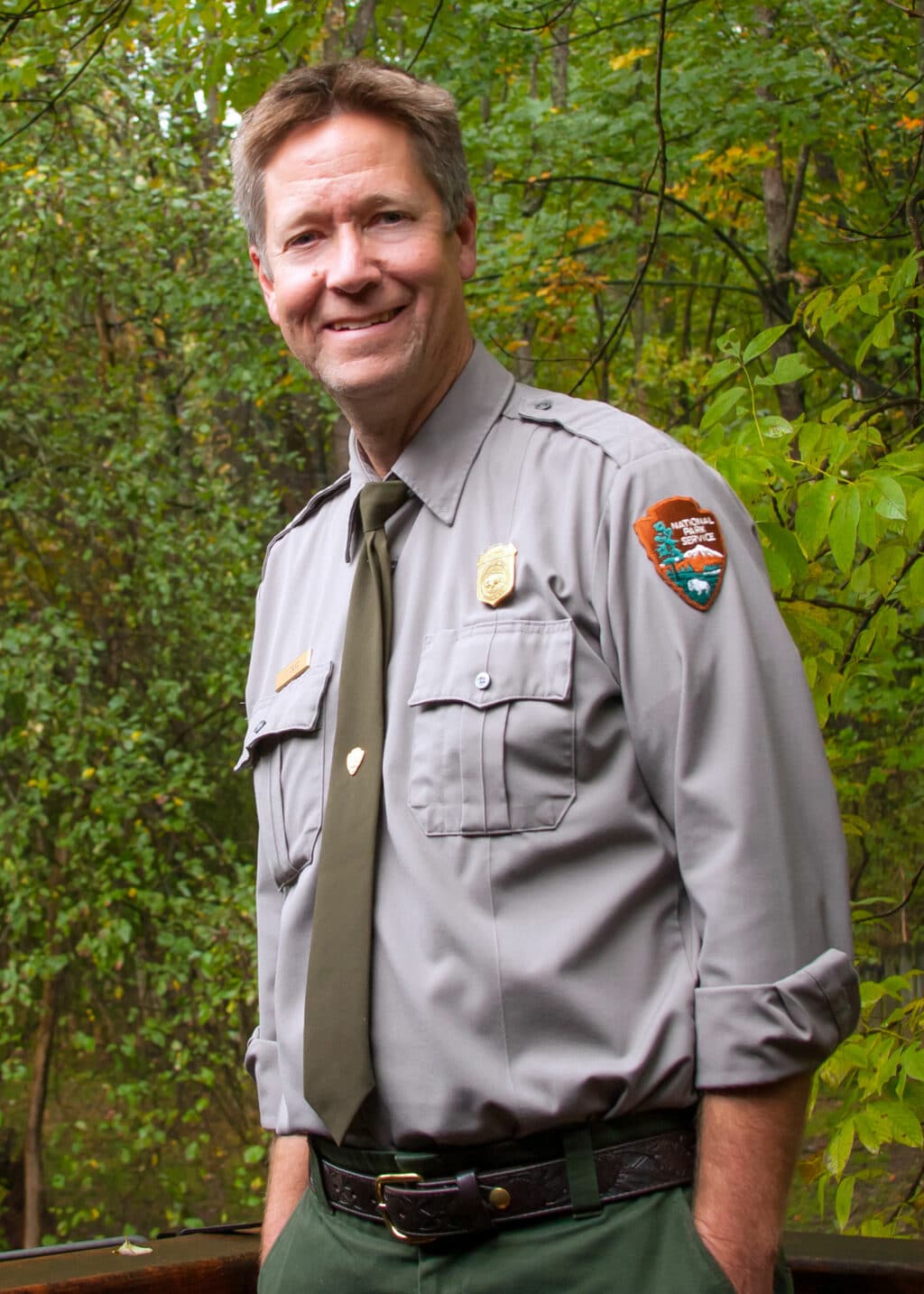
BRO: What is it about the BRP that’s made you stay so long?
TD: I actually took that first job hoping to set myself up to get a position out West. But it didn’t take long to realize what a special place this is. Most people know the Parkway is the longest linear park in the U.S., but few understand what that means in terms of ecological diversity. You won’t find the range of habitat we have here anywhere else. It’s absolutely unique. After 30 years, I still feel like I’m discovering new things. That’s what keeps me around and excited to go to work in the morning.
BRO: How did things look from a conservation standpoint when you started?
TD: Pretty grim. [Laughs.] Early on there was very little understanding of what or how many plants and animals were living here, or how they were distributed. And there was no overarching management strategy whatsoever.
That meant that in one district you could have a lead ranger who was interested in reptiles and amphibians. In another, migratory birds. Each would focus solely on the species and habitats they preferred, and neglect the rest. And because districts didn’t collaborate, the problem was exacerbated.
In the mid-1990s the forests—most of which were replanted following the park’s formation and additional adjacent lands being purchased in the 30s—were starting to mature. Wildlife that’d been driven out by logging and deforestation was returning. Meanwhile, you had all these farmers retiring and the park service was buying up land left and right. I was hired along with four or five other biologists to come in and try to bring the park into the next era of its evolution.
The goal was to gather the information necessary to do things like target rare habitats like high-elevation bogs, or threatened species like cerulean warblers, and find ways to protect them and increase their distribution. That process started with us going through the entire park, tallying what was there, where it was located, and in what amounts. When we were through, the data revolutionized how parklands were managed.
BRO: What are some of the biggest changes you’ve seen so far?
TD: The resurgence of black bears is the most obvious. Back in the 90s, I’d see one or two a year, and those sightings almost exclusively took place in far southwest Virginia. But with reforestation and better management techniques, their population has increased significantly. Now I’m dealing with them almost every day.
In the same vein, when I started out, bald eagles, golden eagles, and peregrine falcons had all but vanished. Now they’re nesting at multiple locations throughout the park. And we’re actually using a network of trail cams to map golden eagle feeding areas with a goal of affecting highly targeted habitat restoration and boosting their numbers.
Then there’s the elk, which naturally spilled over from reintroduction efforts in the Smokies. These animals were originally hunted to extinction in this region in the early 1700s, but we currently have a herd of about 200 roaming around far southwest Virginia and North Carolina. You’ll see them grazing in a high, grassy meadow around sunset and it’s just amazing.
Now, something that’s much less obvious is all the habitat restoration work we’ve done, particularly around migratory birds. In the spring there could be upward of 250 species in the park at a given moment. I’ve personally documented more than 110 in the Rocky Knob Recreation Area alone, including rare sightings like yellow-billed cuckoo, cerulean warbler, pronothory warbler, golden-crowned kinglet, blue-gray gnatcatcher, and red-eyed vireo.
A personal point of pride is our efforts around high-elevation grassland birds. Research has shown that the majority of these species are experiencing drastic declines. We’ve been trying to push back against that through a series of measures like intensive habitat restoration, educational outreach to farmers, altered mowing schedules to protect breeding sites, and more. Because of all this, we’ve been seeing a lot more of the rarer birds like eastern meadowlark, bobolink, and Savannah sparrows, to name a few.
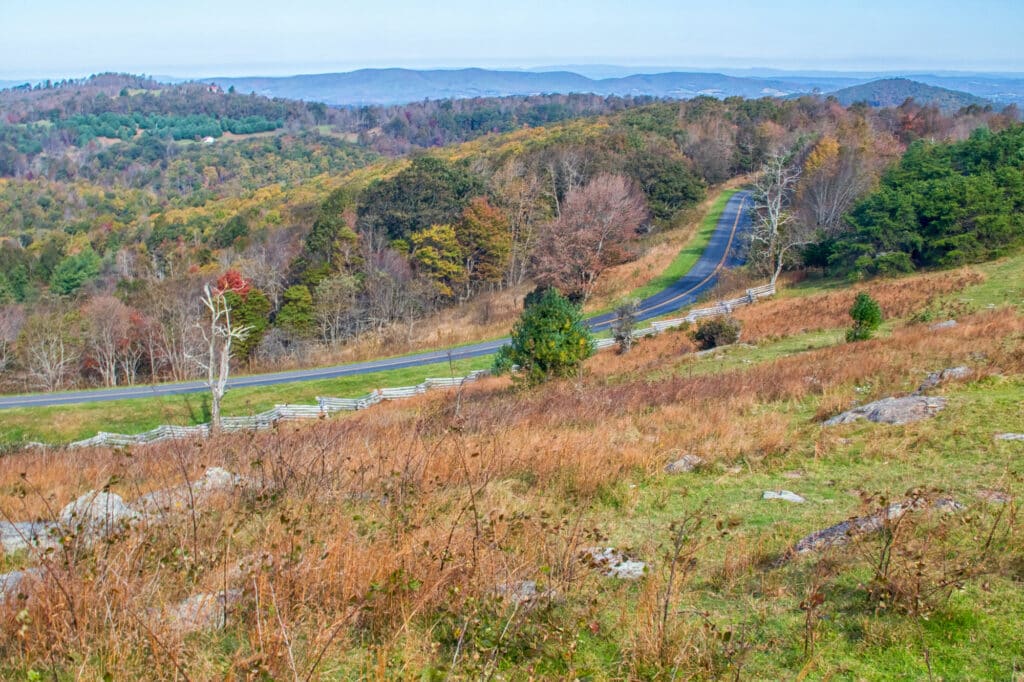
Ranger Picks
Davis Shares Four of His Favorite Parkway Spots
SMART VIEW RECREATION AREA, Milepost 154
I love this spot because it has an amazing old-growth forest full of huge, gnarly oaks, which also happen to offer fantastic birding opportunities, most notably, a breeding population of cerulean warbler. You can hike a 2.6-mile loop trail that circles the meadow and dips into the woods, see beautiful birds, then picnic in a grassy area with expansive, 2,500-foot views of the piedmont.
GRASSY KNOLL / ROCKY KNOB, Milepost 169
This is such a neat hike along a rocky path lined with boulders and really cool old trees that ends in what is, in my opinion, one of the most beautiful overlooks along the Parkway. Grassy Knoll is a big, high-elevation meadow (around 3,500 feet) with near 360-degree views, including Rocky Knob and Rock Castle Gorge.
This area offers fantastic birding during the spring and fall migration. There’s tons of grassland and forest edge habitat where you might see rare birds like bobolink, eastern meadowlark, Canada warbler, black-throated green warbler, and more. Then, you can hike down into the gorge and maybe spot a cedar waxwing or Swainson’s warbler.
BLUE RIDGE MUSIC CENTER,
Milepost 213
Another of my favorite spots is located way down in Grayson County. On top of being a great cultural attraction — it has a performance center and music museum — the area is home to big open pastures surrounded by woods filled with high-elevation wetlands that branch off Chestnut Creek. There’s a path that winds through the meadows, woods and wetlands that’s perfect for spotting eastern meadowlark. And the fields there have an amazing diversity of summer wildflowers, which attracts tons of butterflies and other pollinators.
Cover Photo: The meadow at the Blue Ridge music center. Photo by Tom Davis.
